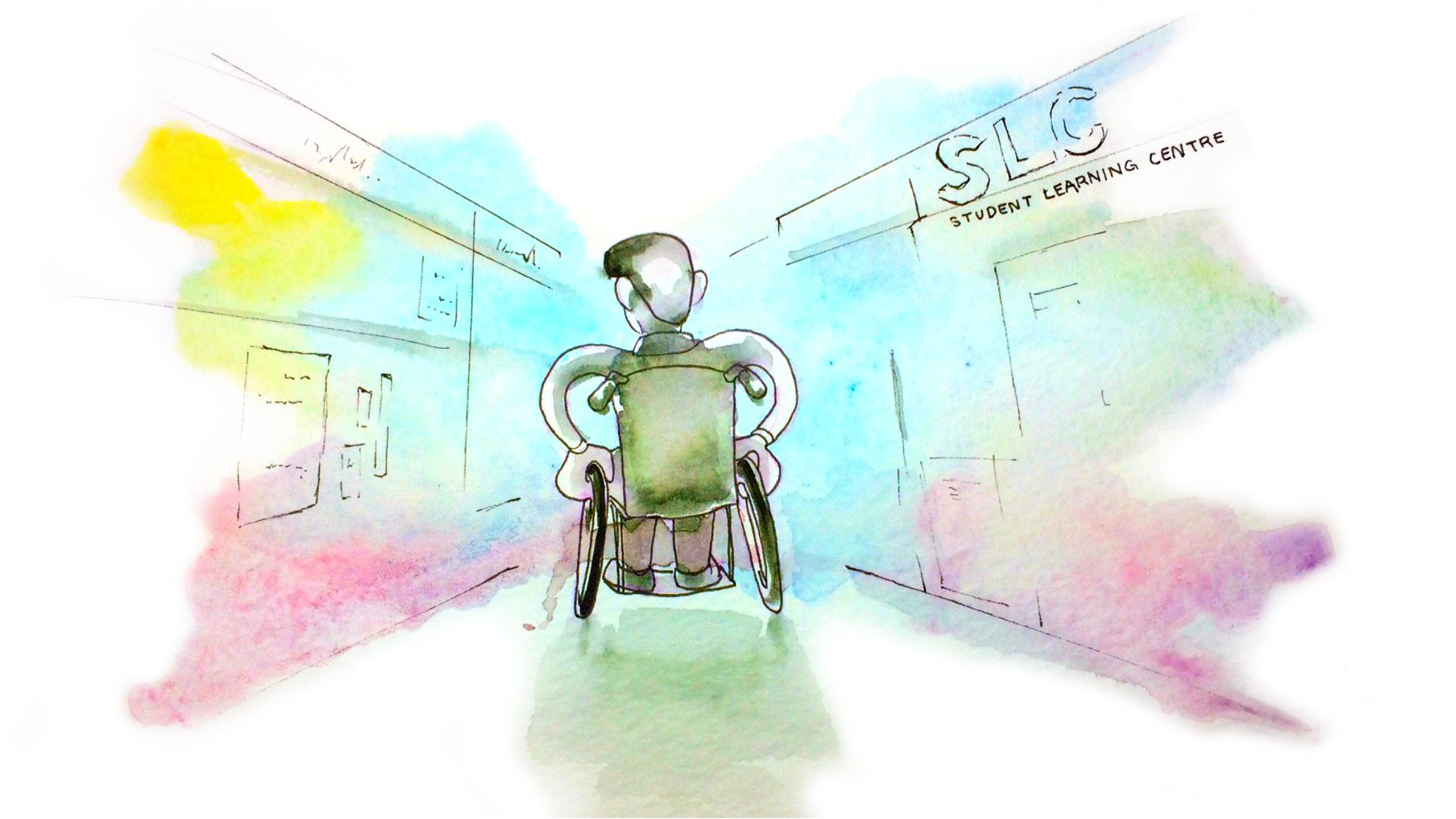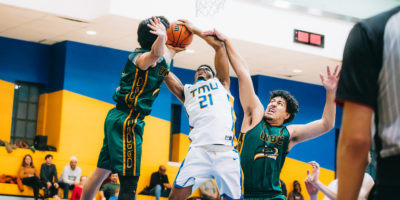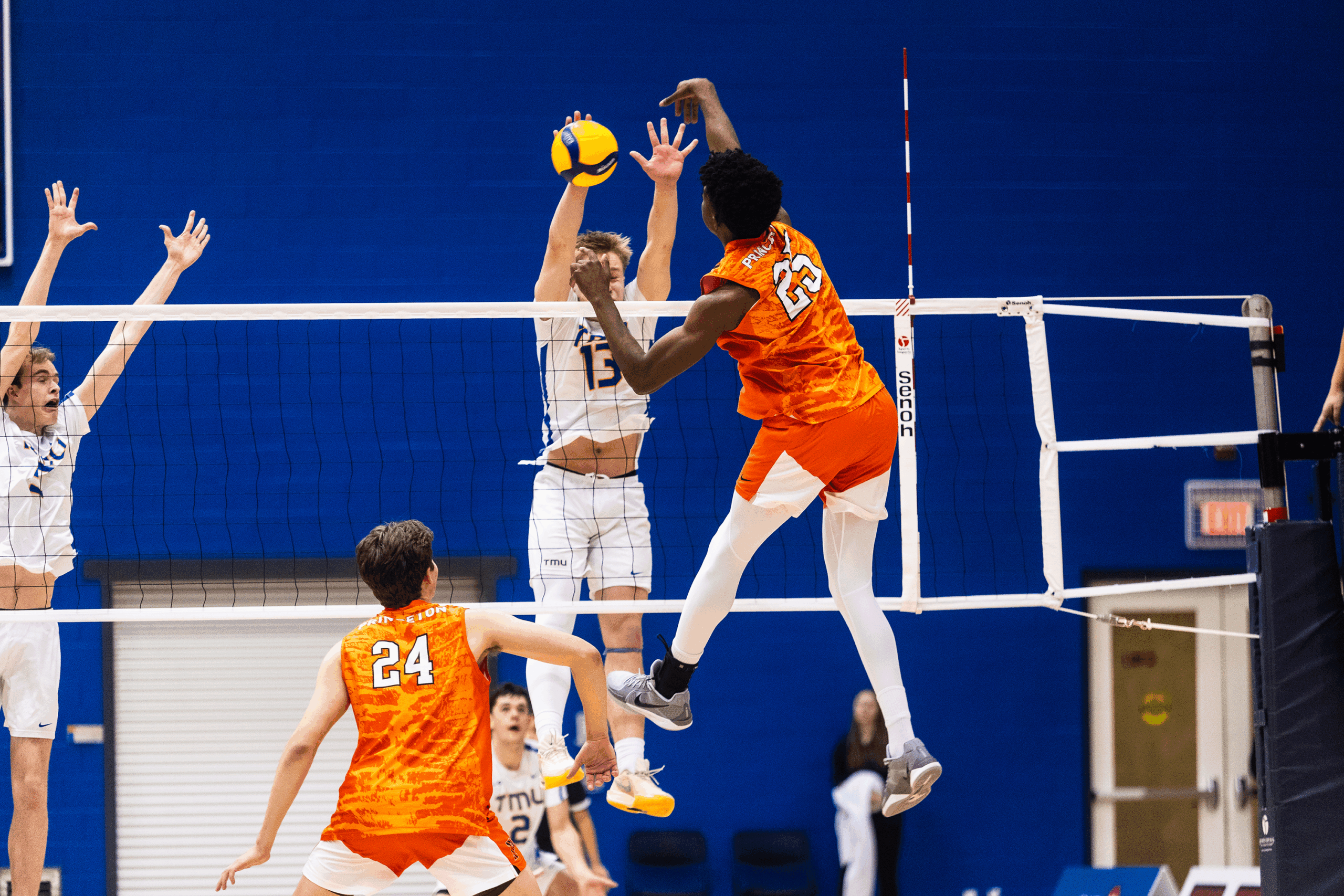Like what you’re reading? This story is from our Accessibility Issue! Check out the other stories here. Want to see more? Of course you do.
By Matt Vocino
The spring of 2015 was a more stressful time than usual. As a student finishing Grade 12, I was preparing to make the big decision that most other kids my age were also trying to sift through: where should I go to university? This is a difficult choice for anyone, but even more so for a person with a disability that requires a mobility device. I have muscular dystrophy—a condition that makes me dependent on a motorized wheelchair to get around—so the decision wasn’t as straightforward as which campus had the best location, or which school had the most prestigious program.
Instead, I had to think about a more crucial factor: accessibility.
I grew up in Pickering, a city just east of Toronto. When I began the process of touring and evaluating different Toronto campuses based on their overall physical accessibility, I was given an extensive tour of Ryerson lead by Heather Willis, the university’s accessibility coordinator. Soon after, I knew that it was my best option.
Willis, a wheelchair user herself, subscribes to the social model of disability perspective, which states that disability is created through society’s physical and social barriers and not by any perceived impairment of an individual. “It is not the fact that I can’t walk that disables me, rather it’s the stairs between me and where I want to go; it’s the attitudes of those who consider me less capable because I can’t walk,” she says.
I am currently in my second year of the RTA Sport Media program. Despite the fact that I’ve spent the past two years on this campus, I’m still learning how to navigate it. From the moment I joined campus as a disabled student, there were positive signs that demonstrated that accessibility was an area of focus: there were automatic door openers, ramps, and Ryerson’s accessible campus maps and signs.
Finding a building that you’ve never been in can be a challenge in itself and even more so for a person like myself, who can’t just enter at any entrance. This is where Ryerson’s attention to the finer details of accessibility helps me. Across the campus there are signs that specifically outline accessible alternative routes and access points, such as where ramps and elevators are located.
To some, this might seem trivial. But it’s important. Having maps and signs that can show me accessible routes allows me to get from point A to point B with minimal barriers. I can’t imagine having to check every entrance of a building to determine whether or not it’s accessible.
“It is not the fact that I can’t walk that disables me, rather it’s the stairs between me and where I want to go; it’s the attitudes of those who consider me less capable because I can’t walk”
Throughout my entire life, I’ve always depended on support from someone else to open doors for me. Although accessible push buttons are in place at most establishments, my limited upper body strength doesn’t allow me to use them. Ryerson was the first place I encountered full bar door openers—or as I like to call them—bang bars.
Something that seems so simple, like the ability to open a door, has influenced my ability to be independent and self-sufficient. This simple and thoughtful accessibility feature has made my experience of navigating campus that much easier because it means I can enter almost every building on my own.
But there are always things that could be improved.
Kajan Vigneswaran, a fourth-year student studying at the Ted Rogers School of Business Management, noted that although many entry doors are automatic, it would be better if more classroom doors were as well.
The majority of classrooms at Ryerson do not have automatic door openers, thus barring some students with mobility issues from entering.
The interconnectivity of some of the campus’ key buildings is another accessibil- ity feature that makes getting around easier. For myself, the ability to stay indoors while travelling from the Rogers Communications Centre to the Student Learning Centre (SLC) through the connecting bridges has been a game changer, especially during winter when the snow and cold make it harder to get from place to place.
However, older facilities, such as Kerr Hall and Jorgenson Hall, are not accessible due to the aging infrastructure, which requires students with mobility issues to make multiple detours. It’s frustrating and becomes even more of a nightmare when the old elevators are out of service.
This simple and thoughtful accessibility feature has made my experience of navigating campus that much easier because it means I can enter almost every building on my own.
“I never go to Kerr Hall unless I actually have a class there,” said Victoria Lacey, a sec- ond-year creative industries student. “It is too much of a hassle otherwise.”
Like Lacey, I avoid Kerr Hall as much as possible. I remember one occasion last winter, when it was freezing cold out and I had classes back to back, the second of which was on the second floor of Kerr Hall East.
I was coming from the Mattamy Athletic Centre, so I decided to enter Kerr Hall at the corner of Gerrard Street East and Church Street. After using the accessible ramp to get into the building, I realized there was no elevator at that corner.
To get to my class on the second floor, I had to drive to the opposite end of the building, find an elevator, go up one floor, only to have to backtrack to where I started.
There are only three elevators in Kerr Hall, making multiple floors above the ground level at the corner of the north and east end completely inaccessible without a detour.
If anything, both Kerr Hall and Jorgenson Hall show that some Ryerson campus buildings weren’t designed with disabled people in mind, and are examples of just how complicated the topic of accessibility can be.
The SLC—Ryerson’s newest building which has been awarded for its design—was an attempt to work towards a more accessible building plan.
Accessibility was considered—there are designated study areas for individuals with mobility issues that feature adjustable desks and social spaces, such as the “Beach” floor, that are fully accessible. The entrance has the winding ramp and an elevator, but on any given day people tend to crowd the ramp and there are always lengthy wait times for the colour-blinding elevators. The “hangout” stairs in the lobby are also completely inaccessible.
The topic of how accessible Ryerson is has been noted by internal groups, as well as national media. It is becoming even more clouded and complicated, as many of these issues have yet to be dealt with.
According to Willis, amend- ments to the Ontario Building Code, which have come about as a result of the 2005 Accessibility for Ontarians with Disabilities Act (AODA), will have an impact on future buildings. According to the AODA website, Ontario is more than seven years away from being “fully accessible.”
Both Kerr Hall and Jorgenson Hall are examples of just how complicated the topic of accessibility can be
Meanwhile, Access Ryerson is partnered with Ryerson’s Campus Facilities & Sustainability to facilitate an audit of campus to address existing barriers. While a “space audit” is done annually, the focus is on efficiency as opposed to accessibility. The recommendations will identify areas in need of attention and help prioritize the requirements necessary to remove barriers.
Access Ryerson’s approach to identifying, removing and preventing barriers is underpinned by a set of principles and values: accessibility at the start, a focus on accessibility, not disability, and shared responsibility.
In a perfect world, all of this shouldn’t need to be a topic of conversation. No one should ever have to face barriers in life. All I can hope for is that accessibility standards will continue to improve on campus, and that the existing accessibility features that made me choose
Ryerson will be enhanced.











Leave a Reply